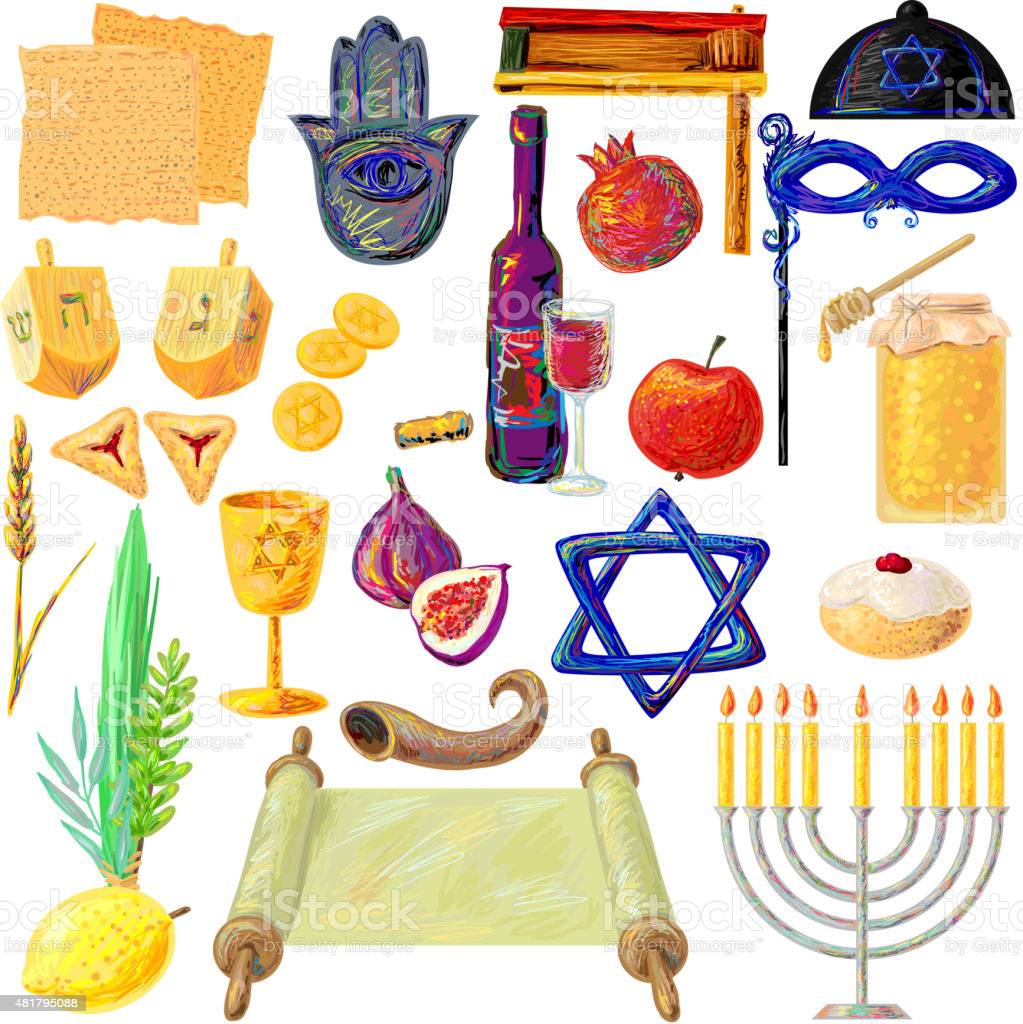“Time of Our Joy” “on one foot”:
The fall holiday of Sukkot has the nickname of “Time of our joy”. This source sheet explores some of the reasons for that name.

Context: This is from Pirkei Avot, a collection of Rabbinic life wisdom collected in a tractate of the Mishnah around the year 200 CE. Another way of looking at the part of this quote about being happy is:
Happiness = the amount you have / the amount you want
In all the different parts of your life where you have "things", which parts do you think you have enough in? Don't forget to include intangibles like health, family, friends, and career.
Context: This is from the Mishnah, Tractate Sukkah, which is, logically enough, about Sukkot. There was a large celebration on the Intermediate Days (Chol HaMoed) of Sukkot, called "Simchat Beit HaShoeivah", "The Rejoicing of the House of Water-Drawing". This describes it.
Because Sukkot comes right before the rainy season starts (on the 8th day of Sukkot - Shmini Atzeret), the “water-drawing” was a symbolic way of starting the rainy season. Water would be drawn from a spring and poured on the alter.
A “log” is a Biblical measurement of liquid. 10 logs = 3.05 liters
The quote at the end about ancestors worshipping the sun comes from Ezekiel 8:16 - one of the abominations leading to the destruction of the First Temple.
The bonus text is from the Gemara on this section of the Mishnah.
If the "Simchat Beit HaSho-eivah" was an implementation of the verse from Psalms, “Serve the Lord with joy” (Ps. 100:2), what could a modern implementation be?
Context: The first text is from Maimonides’ Mishneh Torah, this time from the section about the sacrifices that were offered in the Temple. A “Halacha L’Moshe MiSinai” is “Law [Given] to Moses on [Mt.] Sinai”, basically - something that isn’t in the Torah but we’re going to claim is as authoritative as if it were.
The second text is the Mishnah, Tractate Sukkah. Based on this mishnah, Maimonides writes that on Sukkot there was a water libation (liquid offering) every day of Sukkot. While this isn’t actually in the Torah, the ancient rabbis worked very hard to prove that it was somehow alluded to there (https://www.thetorah.com/article/water-libation-a-sukkot-rain-making-ritual). Relatedly, the species in the lulav and etrog are all water-intensive plants.
Given that the rainy season in Israel began on the 8th day of Sukkot (Shmini Atzeret), why would there be an emphasis on water during Sukkot?
Context: The first text is from Maimonides’ Mishneh Torah, this time from the section about the sacrifices that were offered in the Temple. The second text is the Mishnah, Tractate Sukkah. Based on this mishnah, Maimonides writes that on Sukkot there was a water libation (liquid offering) every day of Sukkot. While this isn’t actually in the Torah, the ancient rabbis worked very hard to prove that it was somehow alluded to there (https://www.thetorah.com/article/water-libation-a-sukkot-rain-making-ritual). Relatedly, the species in the lulav and etrog are all water-intensive plants.



